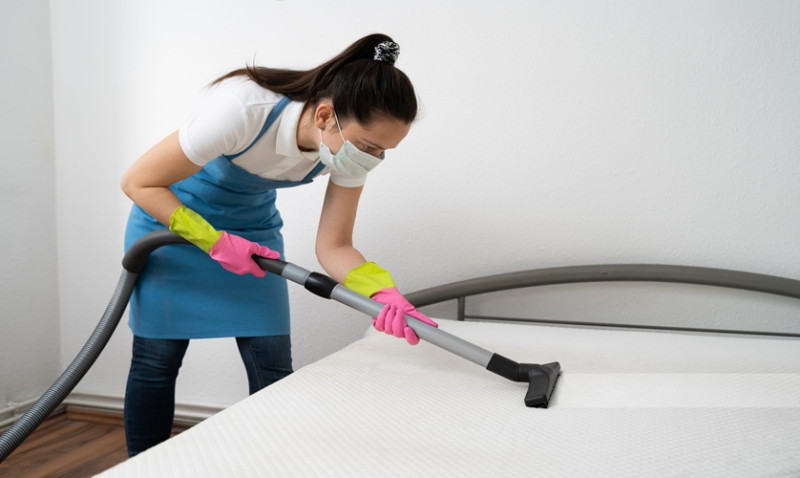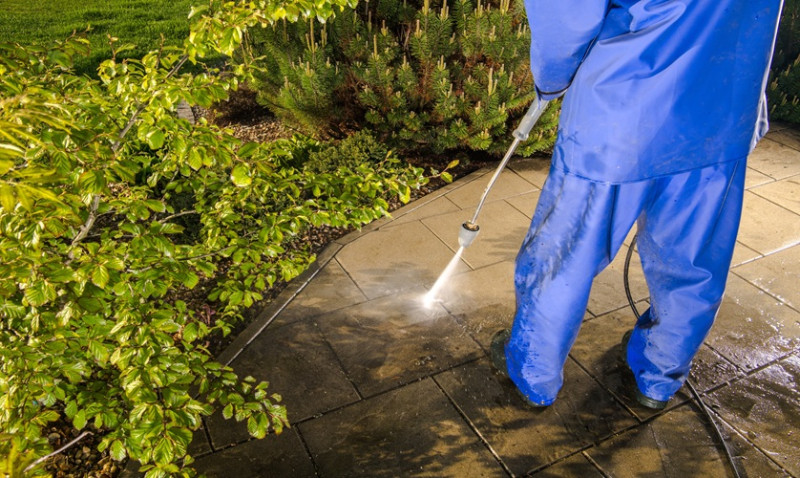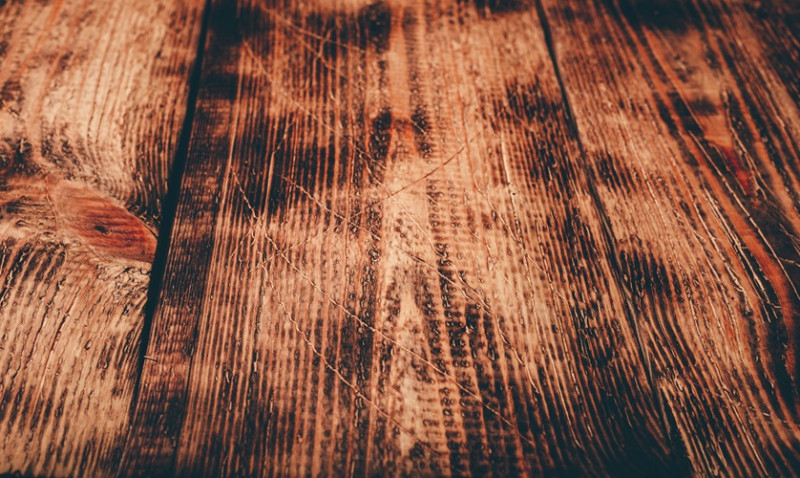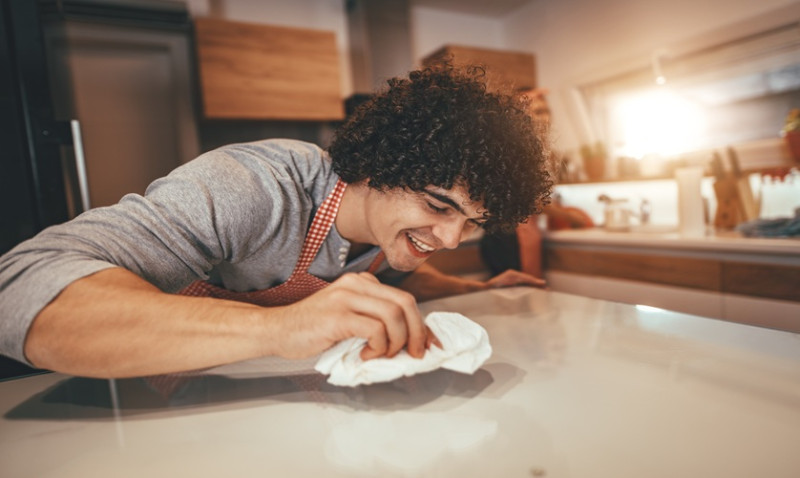
When it comes to achieving professional results with a surface cleaner, whether you're a DIY enthusiast freshening up your patio or a professional tradesman preparing a driveway for sealing, getting the right tip size is crucial. Many people underestimate the importance of properly sizing surface cleaner tips, yet it's one of the key factors that determines not just cleaning efficiency but also the longevity of your equipment. In this article, we’ll break down everything you need to know about choosing the correct surface cleaner nozzle tips so that you can work smarter, not harder.
What Are Surface Cleaner Tips and Why Do They Matter?
Surface cleaner tips, often referred to as nozzles or jets, are precision-engineered parts that determine the angle, pressure, and flow of water emitted by your pressure washer. These tips are installed into rotating arms on the bottom of a surface cleaner, helping create that even, streak-free result you're aiming for on flat surfaces.
Using the correct nozzle tips ensures your pressure washer operates efficiently without damaging surfaces or overworking the motor. This is particularly crucial in the UK, where moss, algae, and general grime build up faster due to the damp climate.
Whether you’re refreshing a garden patio in Bristol, washing paths at a commercial property in Manchester, or prepping a terrace in London’s Camden district, properly sized tips ensure uniform results and reduce the time spent on each job.
Poorly chosen tips can cause striping, leave unclean spots, or even gouge softer surfaces like sandstone or wooden decking. In addition, mismatched tips might restrict water flow, cause unnecessary machine stress, or simply not clean as well as you'd hoped. Why risk it?
The Key Factors to Consider When Sizing Surface Cleaner Tips
To properly size surface cleaner nozzle tips, you must first understand a few core components: water flow rate (GPM - gallons per minute), pressure (PSI - pounds per square inch), spray angle, and orifice size. Let’s explore these in more detail:
1. Flow Rate (GPM)
The flow rate of your pressure washer dictates how much water comes through the surface cleaner tips. Most UK domestic pressure washers offer a GPM of around 7–10 LPM (litres per minute), which converts to around 1.8–2.6 GPM. Higher-end petrol models might reach up to 4 GPM (15 LPM).
If you use too small a tip for your pressure washer's flow rate, you’ll get high pressure but reduced volume. The reverse gives better volume but lower pressure. It’s the balance between pressure and flow that achieves optimal cleaning.
2. Pressure (PSI)
Measured in PSI, pressure impacts the intensity of the spray. You’ll typically want about 2000–4000 PSI for most residential and commercial surface cleaning tasks around the UK. However, matching the tip's orifice size to both the pressure and flow rate is key to keep that water under control.
3. Spray Angle
The angle of spray affects how hard and how wide the water hits the ground. Common nozzle angles are 15°, 25°, and 40°, with 25° being a good balance for surface cleaners. Smaller angles concentrate pressure into a narrower flow for deeper cleaning, while wider ones deliver a gentler, broader sweep—ideal for delicate tiles or garden features.
4. Orifice Size
Arguably the most important factor, the orifice size determines how much water pressure builds behind the tip. It's measured in thousandths of an inch – for example, an orifice size 03 equates to 0.03 inches. Getting this wrong leads to inefficiencies in cleaning or even dangerous pressure spikes.
How To Choose The Right Tip Size: A Simple Guide
To properly size a surface cleaner tip, match the flow rate and PSI of your pressure washer to the orifice size you need. Here’s a helpful table to guide your selection:
| Pressure Washer PSI | Flow Rate (GPM) | Suggested Orifice Size | Spray Angle (Suggested) |
|---|---|---|---|
| 2000 PSI | 2.0 | 2.0 | 25° |
| 3000 PSI | 2.8 | 2.5–3.0 | 25° |
| 4000 PSI | 3.5–4.0 | 3.5–4.0 | 25° |
| 4000+ PSI (Commercial) | 5.0+ | 4.0–5.0 | 15°–25° |
For UK readers, a domestic Karcher or Nilfisk unit will usually fall in the 2000–3000 PSI range and should be paired with 2.0–2.5 orifice tips. Professionals using Honda-powered petrol washers or commercial builds from brands like Kranzle should scale accordingly.
How Many Nozzles Do I Need?
Surface cleaners typically have 2 or 3 nozzles mounted on a spinning bar. Each nozzle shares the total water flow and pressure, so make sure that your chosen orifices are right for the combined GPM and PSI output. For example, if you have a 4 GPM pressure washer and a two-nozzle setup, each nozzle should be rated for 2 GPM at the given PSI.
This balance ensures smooth spin, even coverage, and avoids causing harm to joints or tiling. Too much pressure can bog down the arm or wear the nozzles prematurely. Too little, and you won’t get the cleaning performance you’re expecting.
Pro Tip: Use a Nozzle Sizing Chart
There are nozzle sizing charts readily available online, and many of the top surface cleaner manufacturers such as BE Pressure, Mosmatic, and Whirl-A-Way have their own charts to match their models. Use these resources – they remove the guesswork and help you make precise decisions based on PSI and GPM.
You can also customise performance by adjusting orifice size slightly for specific jobs. For stubborn grime on tarmac, go smaller (i.e., higher pressure). For delicate surfaces, go larger to reduce intensity while keeping flow consistent.
Maintaining Your Surface Cleaner Tips: The Finishing Touch
Once your tips are properly sized, you’ll still need to maintain them to ensure long-term efficiency. In the UK's hard water areas, mineral build-up can gradually reduce water output or skew spray patterns. Regularly remove and soak tips in a descaling solution or white vinegar to keep them clear.
Don’t ignore tip wear, especially if your surface cleaner sees regular use. Even corrosion-resistant brass or stainless steel nozzles degrade over time, especially when working with fine grit that's commonly found between UK patio slabs or monoblock driveways. Replace tips that show signs of uneven wear or produce inconsistent spray patterns.
Store extra tips in a labelled compartment box so you can quickly switch for different job types – consider colour-coding or keeping a tip chart attached to your surface cleaner. Convenience and efficiency go hand in hand for pros and DIYers alike.
Conclusion: Proper Tip Sizing Equals Successful Results
Choosing the correct tip size for your surface cleaner isn't just about matching numbers. It’s about ensuring harmony between water flow, pressure, and the surface you’re cleaning. Whether you're restoring Victorian paving in Sheffield, washing timber decking in Kent, or preparing a commercial shopfront in Glasgow, properly sized nozzles make all the difference.
As with many tools in a tradesman’s or home improver’s arsenal, a well-set-up machine delivers the best outcomes. Take the time to size your surface cleaner tips properly, and you’ll find yourself getting more done, with better results, in less time — and with fewer headaches.
Feeling overwhelmed? Consult with a local pressure washing specialist or supplier – many UK-based shops will happily help size tips based on your setup. It's a small step with a big impact on the quality and longevity of your surface cleaning efforts.







